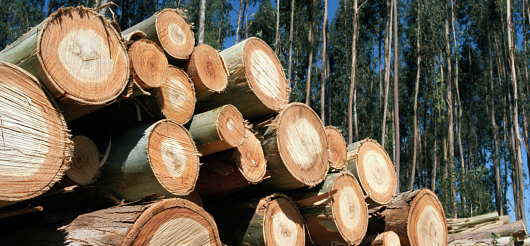Traceability: a management tool for business and governments
04 December 2019
04 December 2019
This publication outlines the vital factors to be taken into account when designing a traceability system and illustrates the added benefits to governments, the private sector and community forests through five case studies from African countries.
Forest certification in Myanmar
05 May 2015
05 May 2015
This article provides a summary of the status of forest certification in Myanmar. It summarizes and updates a chapter in Forest Trends publication “Myanmar: Overview of Forest Law Enforcement, Governance and Trade” written by Kevin Woods and Kerstin Canby with the support of EFI.
Successful forest cooperative in Indonesia
05 May 2015
05 May 2015
This case from Indonesia describes the successful formation of a 744 member cooperative, the Koperasi Hutan Jaya Lestari (KHJL), which has maintained FSC group certification since 2005 and supplies teak for use in the international furniture market. The cooperative was also awarded the right to manage 4,640 ha of state...
Mendocino Redwood Company (MRC) is situated 185km north of San Francisco, California, in the northern pacific coastal redwoods region of the US. This region, which includes Humboldt and Mendocino counties, was the site of iconic confrontations between forest conservation advocates and timber companies in the 1990s. During this time, the...
From the beginning, ITTO has highlighted that promoting forest and timber certification in the tropics is a formidable and daunting task. This is principally due to tropical forests being the richest and most diverse terrestrial ecosystems whose criteria and indicators for sustainable management are far more complex and demanding than...
Forest certification can be a useful instrument for minimizing negative environmental and social impacts of logging and for maintaining ecosystem services. Certified timber generally allows access to regional and international markets at a price generally higher than what is obtained through trade of ‘normal’ timber products. In the specific case...
This review looks at the experience with communities and certification as the first in a series of systematic reviews of certification. The analysis titled “A Decade of Certification: Reflecting on the Way Forward” includes an assessment of community experiences with certification to date, an evaluation of the range of direct...
At the end of 2012, the global forest area certified to PEFC standard has risen to 237 million hectares and the number of companies benefitting from its Chain of Custody certification has reached over 14,000. PEFC intends to continue driving those numbers up. During 2012, it has been strengthening the...
Natural tropical forest management faces particularly difficult challenges. Many markets, including those proximate to these forests, are not yet demanding certified products nor are they willing to pay a green premium for more expensive management practices. The lack of markets for lesser-known species creates an economic problem for tropical forests...
In this study the international PEFC system was evaluated on the basis of the Forest Certification Assessment Guide (FCAG). The analysis takes into account the recent decisions from the PEFC General Assembly in November 2010. The results are compared to a similar evaluation of PEFC carried out for WWF in...

